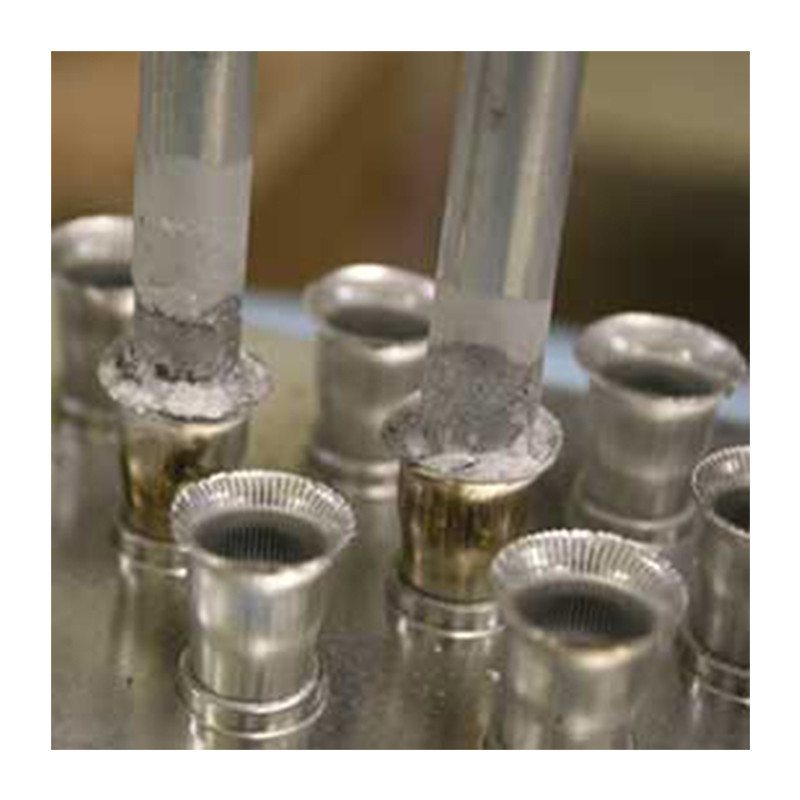

Трябва да сте влезли в
Category


Снимките са само с информационна цел. Вижте спецификацията на продукта
please use latin characters
General information
Brazing is the process of joining metal parts using metal alloy binders with a melting point above 427 °C but below the melting point of the parts being joined. This technique allows similar and dissimilar metals to be joined together.
Soldered joints:
The type of solder used in the brazing process depends on the parts being brazed. The most commonly used solders are copper-phosphorus, silver, aluminum, copper, nickel, cobalt.
Induction soldering
Modern induction heating provides reliable, non-contact and energy-efficient heating in a minimum of time without flame. The time per cycle of induction heating is very short compared to flame soldering, so more parts can be processed in the same amount of time with less heat released to the environment. Induction brazing allows you to control the timing, temperature, fixturing and positioning of parts, making the process repeatable and ensuring a uniform end result.
Semiconductor systems are capable of heating very small areas within precise manufacturing process tolerances without compromising individual metallurgical properties. For large volumes or processes with required workmanship, parts can be inductively brazed in an inert atmosphere without flux or costly cleaning procedures, ensuring reduced oxidation.
Интересувате ли се от този продукт? Имате ли нужда от допълнителна информация или индивидуални цени?
Трябва да сте влезли
General information
Brazing is the process of joining metal parts using metal alloy binders with a melting point above 427 °C but below the melting point of the parts being joined. This technique allows similar and dissimilar metals to be joined together.
Soldered joints:
The type of solder used in the brazing process depends on the parts being brazed. The most commonly used solders are copper-phosphorus, silver, aluminum, copper, nickel, cobalt.
Induction soldering
Modern induction heating provides reliable, non-contact and energy-efficient heating in a minimum of time without flame. The time per cycle of induction heating is very short compared to flame soldering, so more parts can be processed in the same amount of time with less heat released to the environment. Induction brazing allows you to control the timing, temperature, fixturing and positioning of parts, making the process repeatable and ensuring a uniform end result.
Semiconductor systems are capable of heating very small areas within precise manufacturing process tolerances without compromising individual metallurgical properties. For large volumes or processes with required workmanship, parts can be inductively brazed in an inert atmosphere without flux or costly cleaning procedures, ensuring reduced oxidation.
Your review appreciation cannot be sent
Report comment
Report sent
Your report cannot be sent
Напишете свой отзив
Review sent
Your review cannot be sent
